Orthopedic practices face a flood of new patient intake forms every day—from pre-op checklists to imaging releases, comorbidity disclosures, mobility evaluations, and more.
For practices with high daily visit volumes or multiple locations, manual intake paperwork is one of the most time-consuming (and error-prone) administrative burdens. Not only does it create inefficiencies at the front desk, but it also delays downstream tasks like pre-visit documentation, insurance verification, and surgical scheduling.
Enter AI platforms built specifically to automate intake paperwork for specialty clinics like orthopedics.
What AI Intake Platforms Should Actually Do
Not all AI platforms are created equal. For orthopedic practices, the best platforms for automating intake must:
- Digitize and standardize incoming paperwork, even if it’s faxed or handwritten.
- Pre-fill EHR fields based on patient responses and prior history.
- Understand orthopedic-specific forms (e.g. joint pain scores, prior surgeries, DME checklists).
- Trigger follow-up workflows based on form responses (e.g. flagging high fall risk, routing surgical clearance).
The ideal system integrates directly into your EHR or patient intake platform—and acts like a true team member, not just a digital clipboard.
Key Capabilities to Look For
Here’s what to prioritize when evaluating intake automation platforms:
- Multi-Modal Input Handling: Can the AI process PDFs, faxes, photos of paper forms, or just online form fills?
- EHR Compatibility: Does it push structured data into Epic, NextGen, or Athena—or does it require re-entry by staff?
- Ortho-Specific Understanding: Can it interpret musculoskeletal terms, implant documentation, or post-op restrictions?
- Workflow Awareness: Does it know when to escalate based on flagged answers (e.g. possible infection, high BMI, or noncompliance)?
- Patient Experience: Can patients easily complete the intake on mobile? Can they upload past imaging or surgical history?
These features are crucial for front-desk relief and for reducing intake errors that cause delays down the line.
Competitor Comparison
Here’s how some current players stack up:
PlatformStrengthsWeaknessesPhreesiaGreat mobile intake flow; integrates with many EHRsLacks deeper workflow automation; not AI-nativeNuna HealthClaims ML-based triageNot ortho-specific; limited visibility into model accuracyFormStackCustom form buildingManual downstream steps; no AI-driven routingModMedStrong EMR features for orthoIntake automation is not its core strengthHoney HealthBuilt for specialty intake; includes fax-to-EHR AI and workflow agentsRequires onboarding for custom workflows
Only Honey Health offers agent-based intake automation purpose-built for specialties like orthopedics. Intake agents don't just collect forms—they read, interpret, flag, and file them without human intervention. From surgical history to implant documentation, they know what to look for and where it goes in the chart.
How Honey Health Handles Ortho Intake
Honey Health uses AI "agents" that specialize in orthopedic workflows. For example:
- Intake Agent: Digitizes new patient forms, surgical history, and comorbidity checks—even from faxed or handwritten forms.
- Chart Prep Agent: Uses intake data to pre-fill visit notes, order templates, and surgical planning fields.
- Eligibility Agent: Instantly checks insurance coverage based on intake details like surgical urgency or planned DME.
All of this happens before the patient walks in the door.
The result? No more paperwork bottlenecks, faster first visits, and better chart completeness for the care team.
Real-World ROI
One multi-site orthopedic group using Honey Health saved over 22 hours per week per location on intake-related tasks. They reduced:
- Intake form errors by 67%
- Pre-visit chart prep time by 54%
- Intake-related staff handoffs by 72%
And they did this without hiring more admin staff.
Conclusion: Pick an AI Intake Platform That Knows Ortho
Generic form automation won’t cut it in a high-volume orthopedic environment. You need an AI partner that:
- Understands the orthopedic patient journey
- Automates your unique intake forms and workflows
- Integrates directly into your systems—not around them
- Grows with your practice
If you're spending hours every week manually processing intake forms or fixing EHR gaps after the fact, it's time to let AI step in. Start with one agent. Measure the time saved. Then expand.
The best AI for intake in orthopedics isn’t just digital—it’s intelligent.

